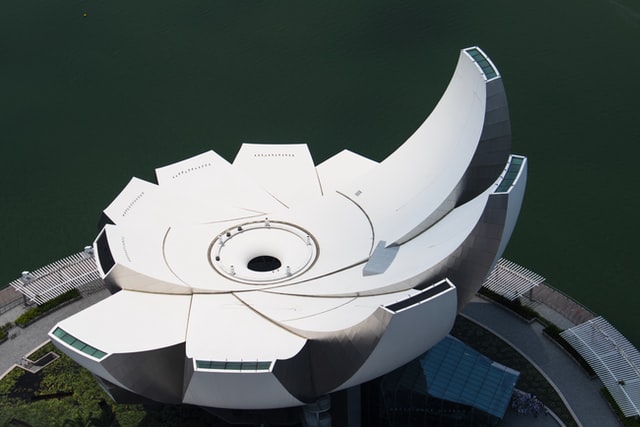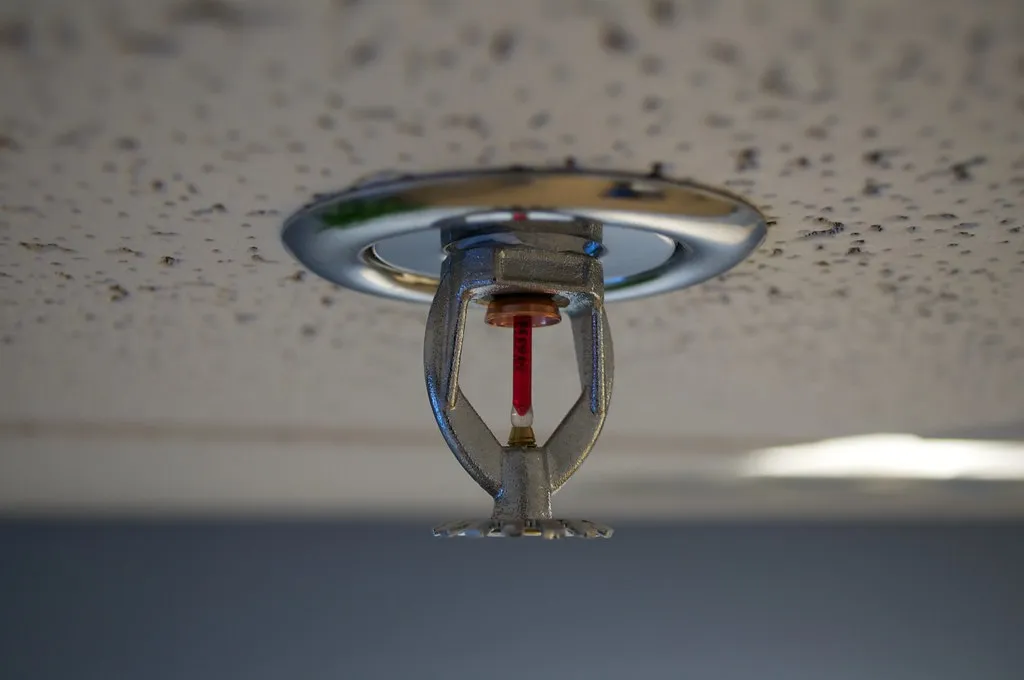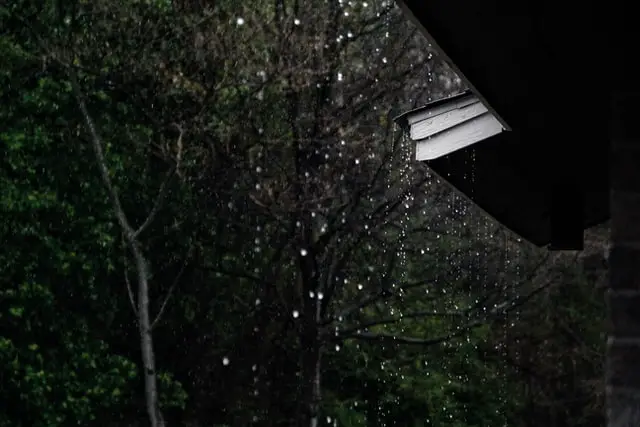Rainwater harvesting prevents rainwater from running off by collecting and storing it. People collect rainwater from roofs and similar surfaces and redirect it into a storage tank. The reservoir can be a tank, deep pit, cistern, aquifer, or underground pool with percolation.
Many commercial buildings are increasingly focussing on measures to achieve water independence. The variable cost of municipal water supply can lead commercial properties to spend thousands of dollars more annually on water bills. Moreover, many building regulations institute mandatory minimum stormwater harvesting capacity for new buildings.
What is Rainwater Harvesting?
Rainwater harvesting efficiently collects vast quantities of rainwater from buildings and other areas of commercial properties and stores it to repurpose for various applications.
Collecting these enormous quantities of water enables commercial properties to reduce expenses on purchasing water. It also allows them to remove large parts of the premises from their stormwater runoff management system. Minimizing onsite runoff is crucial because large impervious areas can flood quickly when rainwater from buildings on the premises converges on them. Rainwater harvesting is not only environmentally beneficial but also economically necessary.
Importance of Rainwater Harvesting in Commercial Properties
With increasing urban populations, the strain on water supply resources is at a tipping point. Water management strategies for large commercial properties, public spaces, schools, hospitals, hotels, and apartment complexes feature rainwater harvesting as a critical pillar.
Large commercial properties can harvest millions of gallons of rainwater per year. But, it’s not just about having extra water to use or preventing flash floods in areas downstream from a city; rainwater harvesting prevents urban roads from turning into rivers during rainy seasons.
Rainwater in large built-up areas like cities cannot percolate to recharge underground reserves. The water can run off into waterways and cause water shortages in the dry season.

Methods of Rainwater Harvesting in Commercial Buildings
Among the main harvesting techniques include rooftop catchment and surface runoff harvesting. Rooftop harvesting is particularly viable because of the large surface area of commercial rooftops that are away from sources of contamination such as debris and leaf litter.
Examples of Commercial Buildings Using Rainwater Harvesting
The benefits of rainwater harvesting can significantly reduce water consumption in buildings. The following are some modern buildings that have taken advantage of the age-old practice.
- The ASDA Rochdale Distribution Centre, one of Europe’s largest chilled distribution centers, harvests a whopping 23 million liters of water annually. The company recovered the entire amount of installing the rainwater harvesting system from savings made on water usage in just one year.
- In the London Olympics, the Velodrome used more than half of its 13,000 square meter roof to harvest rainwater. The water went into flushing toilets and watering the gardens. The move to harvest rainwater reduced mains water consumption by up to 40%.
- The University of Arizona uses a three-story cistern to collect rainwater. The cistern can hold up to 11,000 gallons of water, and they use it for grey water applications.
- In another example in Manchester, UK, the Honda Dealership harvests up to 850,000 liters of rainwater annually.
- Moving to Bristol, UK, the Imperial Tobacco Headquarters harvests more than one million liters annually from its roof of 2,700 square meters.
Roof runoff harvesting has historically been more prevalent in rural areas. However, urban areas have renewed interest as green building practice is gaining traction. If implemented on a large scale, it can help alleviate the perennial stormwater abatement shortfalls, improve water preservation, and ease pressure on the water infrastructure. Successful implementation of rainwater harvesting could delay the need for expanding the water supply installations.
For example, the Canadian National Plumbing Code allows people to collect rainwater for non-potable applications. Commercial properties use cisterns that can hold up to 40,000 liters of water. People put these tanks in temperature-controlled parts of buildings such as basements and underground parking lots in areas like Greater Toronto, where winter temperatures drop well below freezing.
Commercial Rainwater Harvesting use Cases
Companies can use rainwater harvested in commercial properties in numerous applications for non-potable water. The following are nine uses of harvested rainwater.
1 | Stormwater Management
Rainwater can become a problem in built-up areas because it has nowhere to go. To prevent it from forming streams on the premises, companies redirect the water into storage tanks within the premises. Harvesting helps reduce the impervious area on a property and can mitigate onsite flooding.
2 | Fire Suppression
Commercial buildings usually have massive tanks for storing water for fire suppression systems and other emergencies. Filling these tanks takes a significant amount of time and money. Since the water must not be pristine, they can use harvested rainwater.
3 | Agriculture and Irrigation
An increasing number of green commercial properties have vegetable gardens. Some of them use harvested rainwater to grow their crops. Moreover, agricultural enterprises like greenhouses also harvest rainwater to use for irrigation. Rainwater is an excellent ‘organic’ water source devoid of unwanted chemicals.
Even companies that don’t grow edible crops need to irrigate their lawns. Harvested rainwater is ideal for supplementing municipal water sources.
4 | Fixture (Toilet) Flushing
Water closets and urinals are among commercial buildings’ most significant water consumers. Buildings reduce potable water consumption by using filtered harvested rainwater to flush toilets.
5 | Cooling Tower Make-up Water
Industrial buildings with cooling towers use massive quantities of water in their cooling towers. They can use rainwater to replace water lost to evaporation and parasitic losses of most cooling systems. The soft nature of rainwater could also alleviate the problem of the formation of limescale on the cooling towers. It could also save on cost because some industries must treat municipal water to reduce hardness and improve the cooling towers’ lifespan.
6 | Vehicle and Equipment Washing
The volume of water needed to clean fleets of vehicles and equipment is exponential for commercial properties. Rainwater harvesting helps these companies to reduce water bills. Soft water also alleviates the problem of water spots.
7 | Laundry
Commercial properties like apartment buildings, dormitories, and hotels can make huge savings with rainwater harvesting. They save on not only water purchasing expenses but also equipment maintenance. Rainwater causes no scale buildup and extends the service life of washing machines.
8 | Manufacturing Processes
Industries have many water-hungry processes that can use grey water. These industries can harvest rainwater for use in the manufacturing processes to reduce their reliance on mains water.
9 | Pool Filling
The vast amount of water in swimming pools sometimes must be replaced entirely. Filling them can be a costly affair if you use municipal water. However, if you use harvested rainwater, you could virtually eliminate your pool filling bill.

“Day 25: Fire Sprinkler” by kaoticsnow is licensed under CC BY-SA 2.0.
Pros of Commercial Rainwater Harvesting
People who harvest rainwater at home could use it for months doing various things. Imagine how much more helpful it would be for commercial properties. Here are several ways rainwater harvesting helps commercial properties.
Stormwater Management
Aside from preventing onsite floods, commercial properties harvest rainwater to comply with municipal and federal regulations. It also reduces the harmful impacts of runoff water, such as the overwhelming of city drainage systems.
Reduced Cost of Acquiring Site Land
Companies frequently used retention ponds to comply with stormwater regulations. However, as the cost of land increases, it is economically infeasible to use them. Rainwater harvesting stores the water without taking too much space. Therefore, developers can spend less buying land for construction.
Reduction of Water Bills
Commercial properties able to harvest millions of gallons during the year save tens of thousands of dollars in water bills annually. Studies have shown that rainwater harvesting could reduce the usage of mains water by 40-50%
Improves Water Availability
Rainwater harvesting can increase the consistency of water supply when there are shortfalls in the municipal water supply.
Superior Water Quality
Rainwater is a free source of distilled water. It is naturally soft and has near-zero dissolved solids. You only require minimal filtration to make the water potable. However, some places prohibit using rainwater for human consumption.
Conservation of Groundwater Resources
Rainwater harvesting enables commercial properties to reduce their usage of groundwater reserves. It also helps minimize the environmental impact of municipal water supply infrastructure.
Improved Sustainability Ratings
Commercial buildings are taking environmental friendliness more seriously. Rainwater harvesting is one factor that enables facilities to get favourable ratings from bodies such as the Green Building Council.

Cons of Rainwater Harvesting
It’s not all sunshine and roses when it comes to harvesting rainwater—these are some drawbacks that companies encounter.
Unpredictable Weather
Rainfall is increasingly difficult to predict. Therefore, rainwater harvesting is only suitable as a backup water supply option.
High Initial Investment
Installing a rainwater harvesting system could be very costly if you use the best technologies. Even less sophisticated systems could prove expensive when done on an industrial scale.
Regular Maintenance
Rainwater collection systems need regular maintenance due to rodents, mosquitoes, algae, tree roots, etc.
Storage Limitations
It is challenging for commercial buildings to install enough capacity to store all harvested rainwater.
Contamination Hazards
Catchment areas such as roofs could harbor contaminants such as bird droppings, leaves, bird carcasses, etc. The safety of harvested rainwater is therefore hard to guarantee.
Conclusion
The benefits of rainwater harvesting far outweigh the drawbacks. The diminishing water resources further strengthen the case for preserving rainwater. Contamination is also an increasingly significant concern for mains water supply. All these factors make rainwater a must-have for residential and commercial properties.
If you want to learn more about sustainability, PropTech, smart buildings, and smart cities, feel free to take a look at our other articles.

